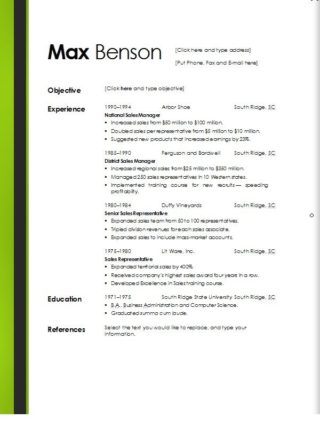 CV and their functionality, is a tool to “sell” you and your expertise, to market yourself to a business as the best person for the position. They have been around for a very long time.
CV and their functionality, is a tool to “sell” you and your expertise, to market yourself to a business as the best person for the position. They have been around for a very long time.
Michael Page in his article Presenting a Professional CV has some interesting points to consider with a few of my own tips added. There is no single way to construct a CV; however your document should be structured and presented as professionally as you wish within the basic framework set out below.
What information should a CV include?
Personal details. Most CV’s start with these but take care to avoid superfluous details, such as religious affiliation, children’s names and so on. Date of birth is not necessary if you have inserted your identity number if you are South African. Include your date of birth if another form of identification document number has been used.
Education and qualifications. Take care to include the names of institutions and dates attended in reverse order; university before school results. It is not necessary to put all your subjects and marks. If an employer is interested his office (agency) will call you.
Work experience. The most widely accepted style of employment record is in chronological order. Career history is presented in reverse date order starting with most recent. Achievements and responsibilities are listed against each role. More emphasis/information should be put on more recent jobs.
A functional CV can sometimes be more appropriate, for example if you have held a number of unrelated jobs. This presentation emphasises key skills which can be grouped together under suitable headings. However, career progression and the nature of jobs held can be unclear with this type of CV. An employer does not have the time or inclination to read a history lesson of your career path.
Skills. Include (genuine) computer skills and any other recent training/development that is relevant to the role applied for.
Achievements are a must. This is where you indicate accomplishment and information such as head boy, indicate the school and year, cricket captain and the team or belonging to a prestigious society etc.
Hobbies and Interests. Keep this section short at the end or state that the information is ‘Available on request’. If you are fortunate to crack an interview, this may afford you the opportunity to give a brief synopsis.
Referees. These can simply be ‘Available on request’.
The order in which you present these, and the emphasis which you give to each one will depend on what you are applying for and what you have to offer.
General Tips
Your CV should be laser-printed in black ink using a plain typeface, on good quality A4 white/cream paper. Decorative borders are not necessary, nor are photographs of yourself.
Your CV should ideally cover no more than two pages and never more than three. Aim to ensure the content is clear, structured, concise and relevant. Using bullet points rather than full sentences can help minimise word usage
A basic CV may need tailoring to each job application.
The completed CV needs to be checked carefully for grammatical errors and spelling mistakes and to ensure that it makes sense. Ask an ‘independent’ party to review the whole document before it is sent out.
Remember when writing and structuring your CV that it is essentially marketing you and that a potential employer will use the details provided to form interview questions. It should be clear and easy to read. Gaps in career history should be explained and falsehoods and inaccuracies avoided at all costs.
There is no reason to include your reasons for leaving each job on your CV but be prepared to answer these questions in your interview.
Current salary details should not be included.
A good covering letter should always accompany your CV.
Michael Page International
